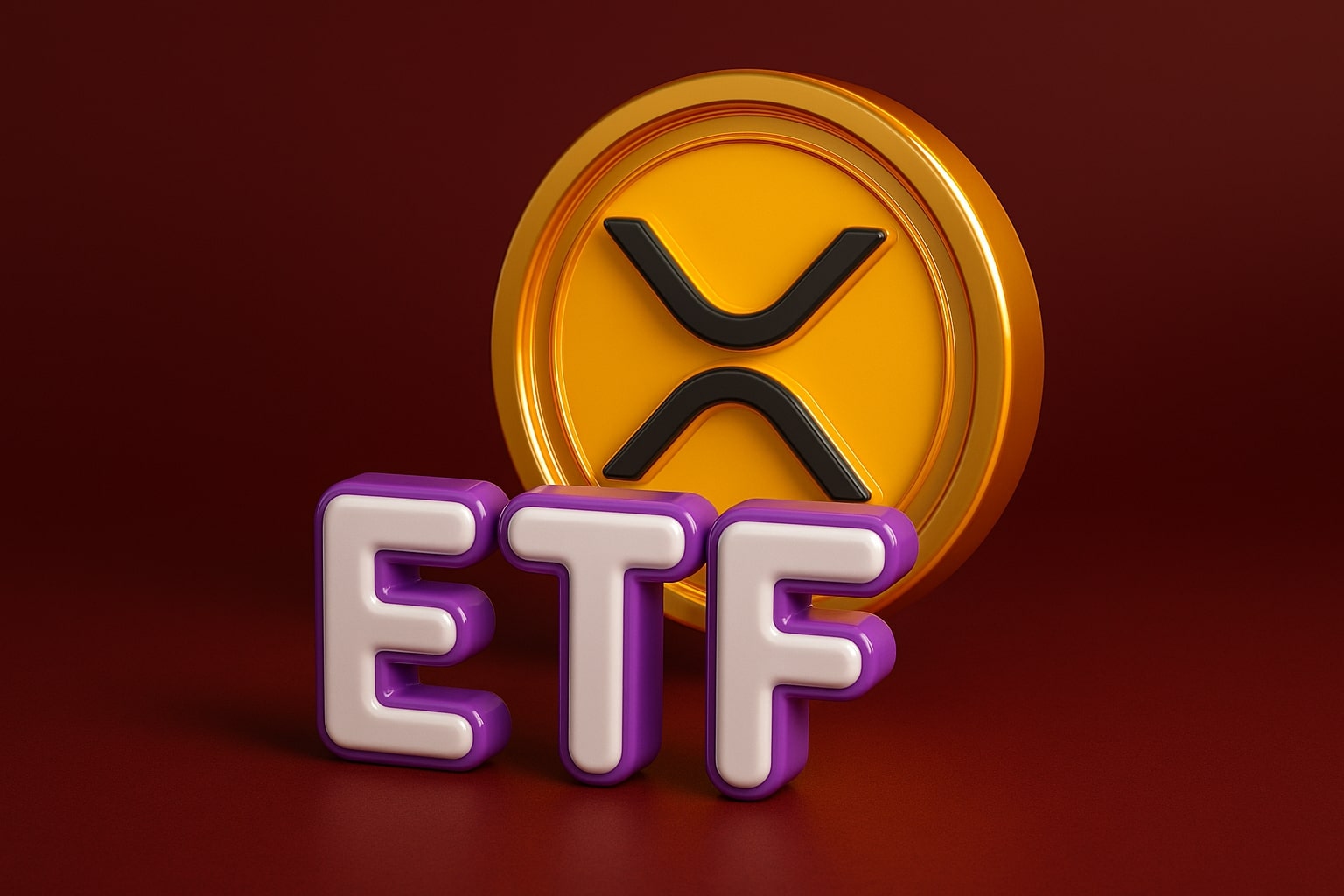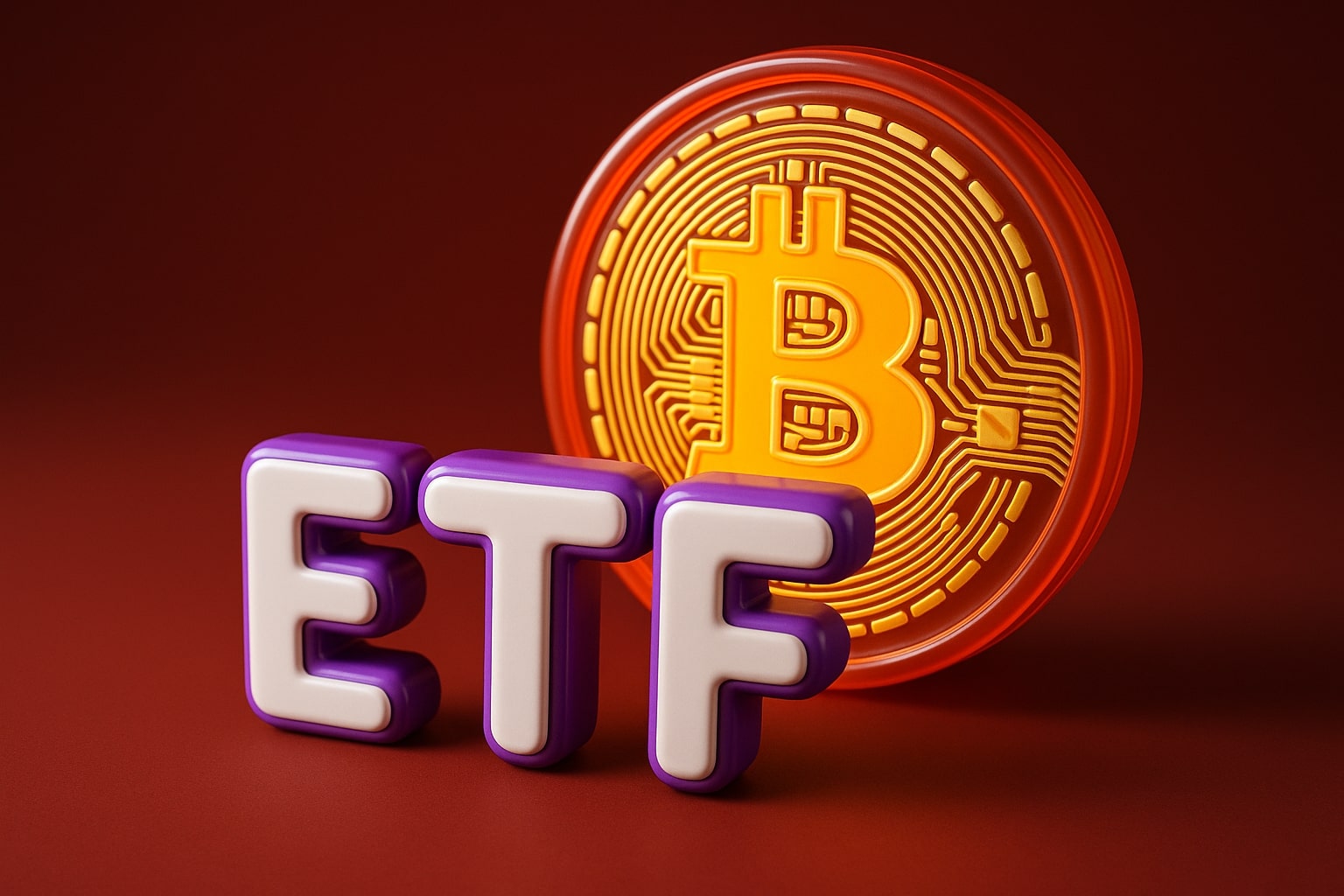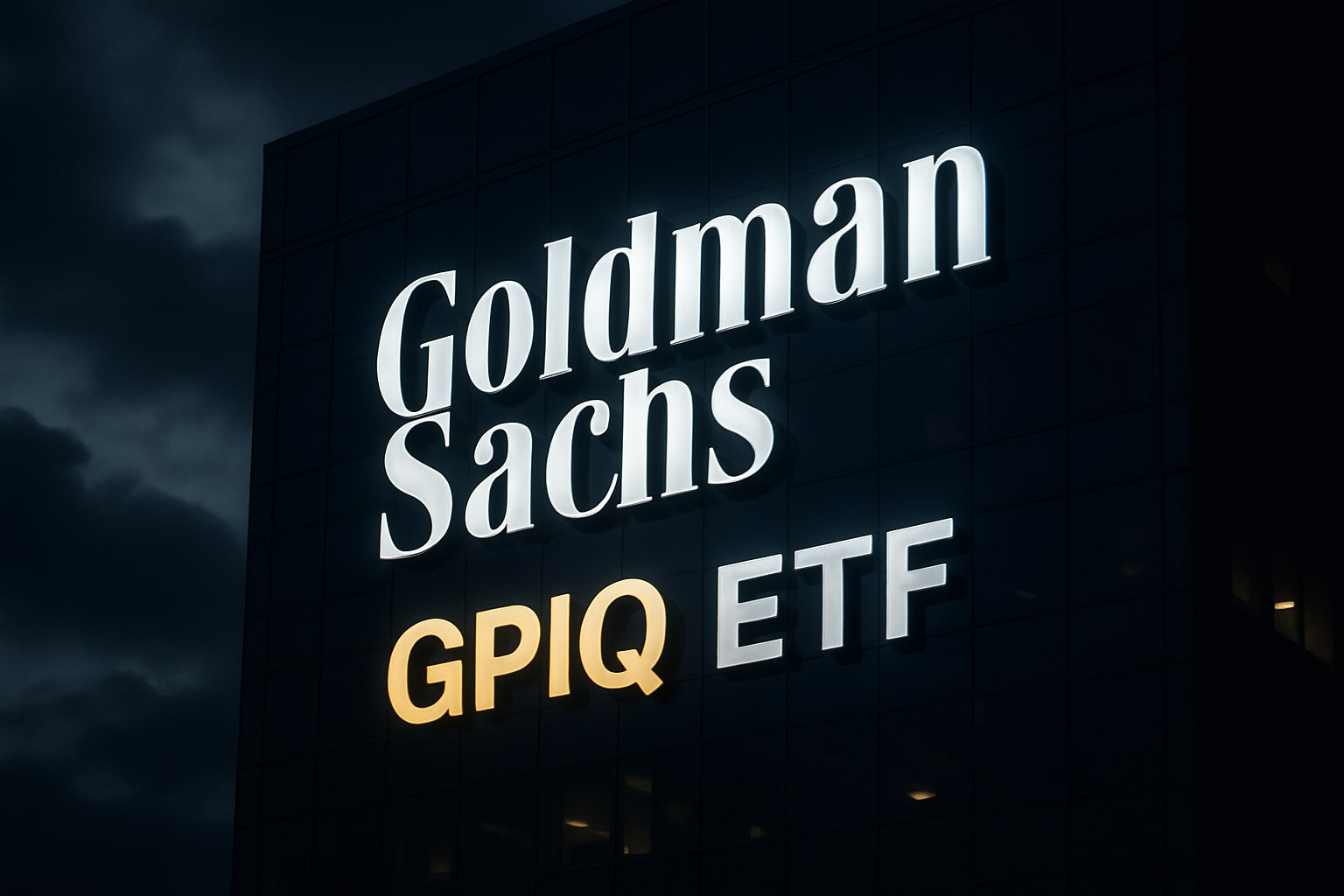
Ethereum Price Forecast - ETH-USD Stays Firm at $4,505 — $212M Institutional Buying, $300B Stablecoin Pool, and Fed Cut Bets Ignite October Momentum
ETH consolidates between $4,420 and $4,675 after BlackRock and Fidelity injected $212.3M into the network, whales added $47.5M in outflows, and stablecoin liquidity hit a record $300B. With CME futures pricing a 97% chance of an October rate cut, Ethereum’s $543.9B market cap stands to benefit as traders eye resistance at $4,675–$4,765 and possible breakout toward $4,900 if institutional inflows continue | That's TradingNEWS
Ethereum (ETH-USD) Strengthens at $4,505 as Institutional Capital and Whale Flows Reinforce October Breakout Momentum
Ethereum is holding firm near $4,505, rising 0.6% in 24 hours and up over 7.8% for the week, driven by a powerful mix of macro tailwinds, institutional inflows, and structural on-chain support. The market capitalization now stands at $543.9 billion, keeping ETH the second-largest crypto asset, while daily trading volume climbed above $47 billion — the highest level since mid-August. Price action shows Ethereum consolidating tightly between $4,420 and $4,675, a range that traders identify as a pre-breakout compression zone. Liquidity maps reveal concentrated whale clusters around $4,000–$4,200 on support and $4,600–$4,700 on resistance, setting the stage for a sharp move once volatility returns.
Fed Policy Shifts and Shutdown Data Freeze Fuel the Liquidity Trade
The U.S. government shutdown and delayed jobs data are amplifying rate-cut expectations. According to CME FedWatch, markets now price a 97% probability of a 25-basis-point cut in October, followed by an 85% likelihood of another cut before year-end. This dovish tilt, fueled by weak ISM services data and falling Treasury yields, has unleashed renewed demand for growth-sensitive assets. For Ethereum, this translates to liquidity inflows as capital rotates out of yield-bearing instruments. Falling real yields make ETH staking’s 3.5–4% annualized return more competitive, reviving interest in decentralized finance protocols and Ethereum-based liquid staking derivatives like Lido (LDO) and Rocket Pool (RPL).
Institutional Inflows Surge — BlackRock and Fidelity Add $212.3 Million
The most critical development this week is the $212.3 million combined investment from BlackRock and Fidelity, marking the strongest direct institutional inflow into Ethereum this quarter. This move signals a new stage in ETH’s adoption curve: digital assets transitioning from speculative instruments to institutional-grade allocation vehicles. Both asset managers are integrating Ethereum exposure into multi-asset balanced portfolios, a shift that underscores ETH’s role as a strategic inflation hedge alongside gold and tech-heavy growth equities. Analysts estimate these inflows alone added around 1.4% to ETH’s total weekly liquidity base, fortifying market depth and dampening volatility across major exchanges.
Stablecoin Liquidity Surpasses $300 Billion, Reinforcing Crypto Funding Base
Another major tailwind for Ethereum is the record $300 billion stablecoin market capitalization, which serves as the system’s internal cash reserve. Nearly 62% of all stablecoin settlement occurs on the Ethereum blockchain, giving ETH unmatched transactional gravity. This liquidity buffer provides deep funding for DeFi protocols and enables arbitrage flows that stabilize Ethereum’s price structure. The expansion of on-chain liquidity pools, particularly on Uniswap V3 and Curve, suggests renewed institutional participation via stablecoin farming and ETH-USDC staking pairs. Analysts from major on-chain data firms report a 19% week-over-week rise in Ethereum liquidity pools’ total value locked (TVL), now approaching $100 billion across DeFi.
Whale Accumulation and On-Chain Data Signal Smart-Money Confidence
On-chain analytics reveal $47.5 million in ETH outflows from centralized exchanges, a classic indicator of whale accumulation. Typically, when traders withdraw tokens to private wallets, it reflects long-term holding conviction. Liquidity cluster analysis also shows consistent defense of the $4,200–$4,400 range by high-net-worth wallets, suggesting a firm accumulation base. The whale buy zones coincide with heatmap liquidity clusters between $4,000 and $4,200, where over 28% of total leveraged long positions are currently placed. This behavior mirrors historical accumulation phases seen before Ethereum’s major rallies in March and June 2024, when prices later advanced over 22% within two weeks after a similar pattern.
Competition From Solana and BNB Chain Slows On-Chain Activity
While Ethereum remains dominant with nearly $100 billion in total value locked, its network activity has cooled. Transaction counts declined 10% in September, and average gas fees dropped 30% due to migration of volume toward cheaper Layer-1 and Layer-2 ecosystems, notably Solana (SOL) and BNB Chain (BNB). However, this moderation in gas costs benefits ETH’s scalability narrative, improving affordability for decentralized applications. The recent rise in Layer-2 adoption — especially Arbitrum, Base, and Optimism, which together process over 63% of Ethereum’s secondary transactions — offsets concerns of declining core chain throughput. With rollup ecosystems expanding, Ethereum’s long-term network economics remain intact despite short-term competitive headwinds.
Technical Outlook: Key Levels and Momentum Dynamics
From a technical standpoint, ETH-USD is consolidating within an ascending parallel channel formed since late September. The 50-day simple moving average (SMA) has crossed above the 100-day SMA, confirming a short-term bullish bias. Momentum indicators show the RSI at 58, reflecting a cooling period after last week’s overbought levels near 70. A successful rebound from $4,420–$4,440 support could propel Ethereum toward $4,675–$4,765, while a breakout above $4,800 may open the path to retesting the $4,900 August high. Conversely, a drop below $4,375 risks a retracement toward $4,200, but that level aligns with both whale defense zones and the lower trendline support, making it a high-probability bounce region.
Read More
-
GPIQ ETF (NYSEARCA:GPIQ) Hits $52.97 as 9.8% Yield and $2.21B AUM Cement Its Lead in Covered-Call Income ETFs
26.11.2025 · TradingNEWS ArchiveStocks
-
XRPI and XRPR ETFs Hit $586M Inflows as XRP Price (XRP-USD) Holds $2.22 and Eyes $2.50–$4.50 Upside
26.11.2025 · TradingNEWS ArchiveCrypto
-
Natural Gas Price (NG=F) Futures Surge to $4.60 as Cold Weather, LNG Exports Tighten U.S. Market
26.11.2025 · TradingNEWS ArchiveCommodities
-
USD/JPY Price Forecast - (JPY=X) Holds 156.50 As BoJ Tightening Talk and Fed Cut Bets Reshape Currency Outlook
26.11.2025 · TradingNEWS ArchiveForex
Derivatives Market and Futures Premium Suggest Controlled Leverage
Ethereum’s futures are trading at a 7% annualized premium over spot, below the neutral 10% threshold, signaling controlled leverage rather than speculative excess. Funding rates on Binance and Bybit remain near 0.013%, suggesting balanced sentiment between longs and shorts. Options market data from Deribit shows max pain at $4,400, while open interest has increased 11% in the past week — a sign of renewed institutional positioning. This combination of moderate leverage, accumulation by whales, and rising open interest provides a constructive setup for sustained bullish continuation if macro tailwinds persist.
The Broader Ecosystem: PayFi Expansion and DeFi Resilience
Projects like Remittix (RTX), built on Ethereum, are driving PayFi innovation — merging DeFi liquidity with real-world payments. The Remittix Beta Wallet now supports direct crypto-to-bank transfers across 30+ countries, integrating 40 cryptocurrencies and 30 fiat pairs, showing Ethereum’s role in bridging blockchain and traditional finance. The token has raised $26.9 million, and with CertiK verification, it ranks among the top pre-launch DeFi initiatives. This real-world integration enhances Ethereum’s utility narrative, counterbalancing the speculative cycles that typically dominate sentiment.
Institutional Narrative Strengthens Ethereum’s Position as Digital Infrastructure
With BlackRock and Fidelity leading inflows and UBS analysts lifting their ETH price target to $5,200 by early 2026, Ethereum’s narrative has shifted from speculative trading to infrastructure adoption. Unlike Bitcoin’s role as a macro hedge, Ethereum’s yield-bearing ecosystem makes it more aligned with traditional finance instruments. As tokenized assets, ETFs, and AI-driven DeFi solutions expand, Ethereum remains the core settlement and yield layer of Web3 capital markets.
Final Market Outlook — ETH-USD Stays Bullish Into Mid-October
Ethereum’s price consolidation above $4,500 with strong accumulation zones, expanding institutional flows, and controlled derivatives leverage paints a bullish bias for mid-October. Key resistance lies at $4,765, with breakout targets of $4,900–$5,100, while downside risk is limited to $4,200 support. Based on current on-chain and macro dynamics, ETH-USD remains a “Buy”, supported by liquidity expansion, institutional adoption, and macro easing expectations that collectively signal continued strength heading into Q4 2025.

















